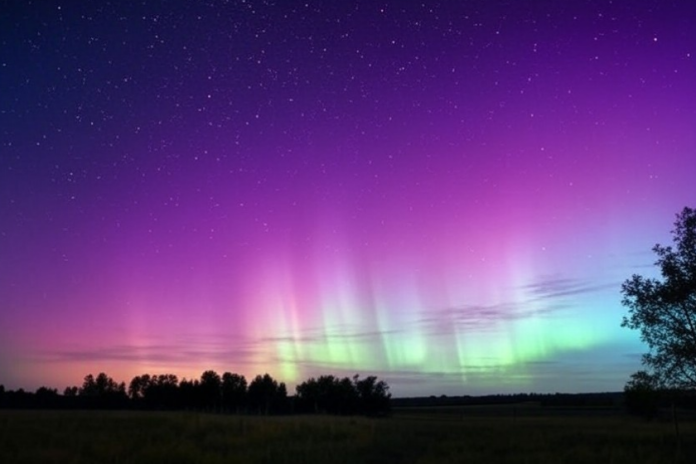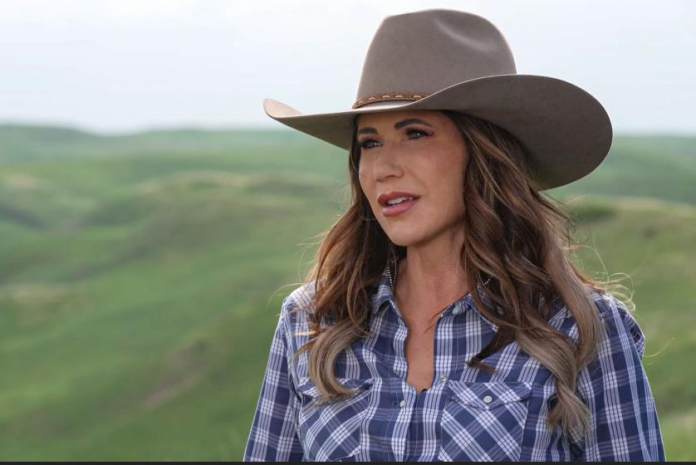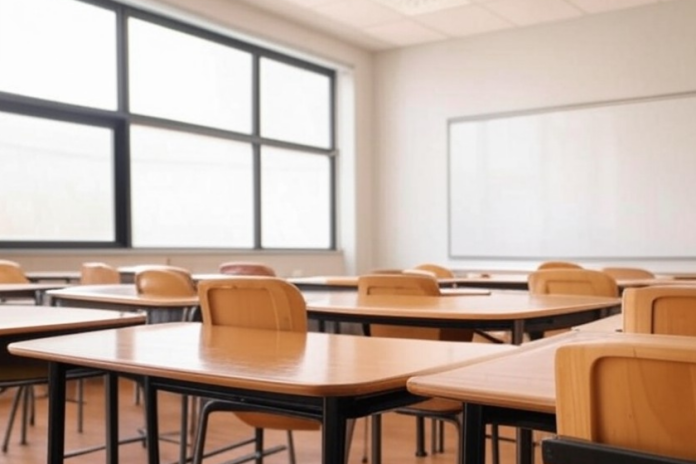Solar Storms are predicted to occur in early February because of two large coronal holes in the Sun’s atmosphere.
Coronal holes are regions where the Sun’s magnetic field opens up, allowing high-speed solar winds to escape into space.
These areas appear darker in ultraviolet images because they lack plasma, which streams outward along magnetic field lines.
A larger coronal hole is located in the Sun’s Northern Hemisphere, while a smaller one is in the Southern Hemisphere. The larger hole is expected to have a more significant impact on Earth.
High-speed solar winds from these holes are anticipated to reach Earth by January 31, potentially triggering minor geomagnetic storms (classified as G1 on NOAA’s five-level scale).
These storms may enhance auroras, making them visible in northern latitudes and possibly as far south as the Upper Midwest in the U.S..
The solar wind speeds emanating from the larger coronal hole are estimated to exceed 310 miles per second.
NOAA’s Space Weather Prediction Center (SWPC) forecasts active geomagnetic conditions between February 1 and 3, with a possibility of minor G1 storm levels during this period.
Due to the Sun’s 27-day rotation, if Earth experiences effects from these coronal holes now, there is a possibility of similar solar storm impacts when these regions rotate back into alignment with Earth later in February.
While these solar storms are considered minor and unlikely to cause significant disruptions, they can intensify auroral displays and may slightly affect satellite communications or power grids at high latitudes.
Space weather forecasters will continue monitoring these recent developments closely.
Geomagnetic storms caused by coronal holes are often classified as minor to moderate (G1-G2 on the NOAA scale).
The storms can last several days and are more common during periods of solar minimum when coronal holes are more prevalent.
Comparison with CMEs
In contrast, coronal mass ejections (CMEs) tend to produce more intense and immediate geomagnetic storms compared to those generated by coronal holes.
CMEs can lead to severe storms (G4-G5), which occur less frequently but have much greater impacts on Earth’s magnetosphere.






FCC Investigates NPR, PBS Over Commercial Allegations
FCC investigates NPR, PBS over commercial allegations — under Chairman Brendan Carr, the investigation was initiated into National Public Radio (NPR) and the Public Broadcasting Service (PBS) regarding allegations of airing commercial advertisements, which is prohibited for non-commercial educational broadcast stations.
This investigation focuses on whether the underwriting announcements by NPR and PBS member stations cross the line into what could be considered commercial advertising.
Underwriting announcements are a form of acknowledgment for the financial support provided by sponsors but are meant to be distinct from commercial advertisements.
According to federal law, specifically Section 399B of the Communications Act, non-commercial stations must not air commercials on behalf of for-profit entities. Instead, they are allowed to acknowledge corporate underwriting, which should not include calls to action or promote products/services directly.
Both NPR and PBS have responded to these allegations by asserting that their practices comply with FCC regulations.
NPR CEO Katherine Maher and PBS CEO Paula Kerger have stated that their organizations work diligently to adhere to these regulations, with NPR specifically mentioning its long history of cooperation with the FCC on such matters.
The investigation comes at a time when there is political debate over public funding for NPR and PBS, with some lawmakers considering cutting off these subsidies.
The potential findings of this investigation could influence those discussions, as Chairman Carr has indicated in his communications with Congress that this inquiry might be relevant to the ongoing legislative debate about funding public media.
This development has sparked varied reactions, with some seeing it as an attack on public media, while others view it as necessary scrutiny to ensure legal compliance.
Critics of the investigation, including Democratic FCC Commissioner Geoffrey Starks, have expressed concerns that it might intimidate public broadcasters and threaten the free flow of information.
Conversely, supporters argue it ensures that public media adheres to its non-commercial mandate.
The debate is also fueled by broader political contexts, where NPR and PBS have been accused by some conservative groups of having a liberal bias, leading to calls for reduced or eliminated government funding.
However, public broadcasting has traditionally received bipartisan support due to its educational and cultural contributions, particularly in underserved communities.